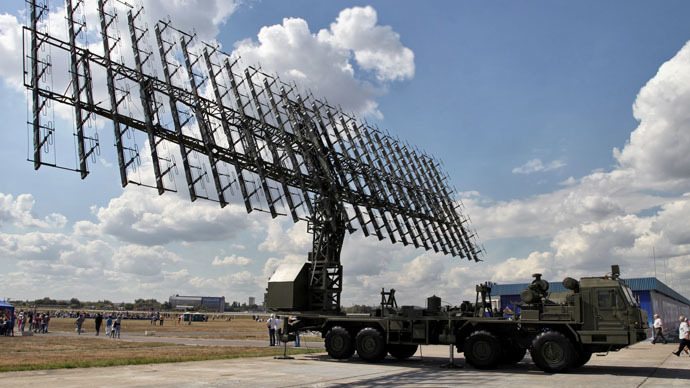Yes, the interference between Creeping wave return and Specular return is what caused Mie scattering
General about radar refection: there are 3 main types
Specular returns are the kind of returns where the surface acts like a mirror for the incident radar pulse. Most of the incident radar energy is reflected according to the law of specular reflection ( the angle of reflection is equal to the angle of incidence). This the kind of return that most stealth aircraft reduce by their shaping.
Traveling/Surface wave return: an incident radar wave strike on the aircraft body can generate a traveling current on surface that propagates along a path to surface boundaries such as leading edge, surface discontinuous …etc, such surface boundaries can either cause a backward traveling wave or make the wave scattered in many directions. Stealth aircraft reduce this kind of return by serrated panels and edge treatment



Creeping wave return: this is a form of traveling wave that doesn’t face surface discontinuous and not reflected by obstacle when traveling along object surface so it is able to travel around the object and come back at the radar. Unlike normal traveling wave, creeping wave traveled along surface shadowed from incidence wave (because it has to go around the object). As a result, the amplitude of the creeping wave will reduce the further it has to travel because it can’t feed energy from the incident wave in the shadow region. Creeping wave return are most prominent when wavelength approaches the size of object.
but if you look at my photo earlier you will see the magnitude of creeping wave return is very small compared to specular return, so actually even at low frequency stealth aircraft still very stealthy compared to conventional aircraft.
Or if you don't like theory, you can see the lecture given by Zoltán Dani ( the man who shot down F-117) where he stated the distance which he can detect F-117 even with lowest frequency setting. I posted the video above.
The Mie scattering is a specific solution for the Maxwell equations, NOT a mixture of high school physic explanations.
Zoltán used horizontal polarisation radar, that needs frequency adjustment to match the geometry / orientation of the target.
Vertical polarisation doesn't need that, and has way better detection capability.
S-125 radar :

Nebo-M:

The same reason you can't just destroy targets with Tomahawk. You don't always know the exact target location before hand. You need something with good sensors to come in and find the target for you.
This is a weak try to drop a random support for the F-35 program.
That plane never been designed for that job, if you want to see how a deep penetrator / command centre would looks like check the Su-34.
That has good frontal stealth, big radar, two person crew with comfort utilities ( like place to sleep and so on) ,long range and big weapon load, including capability to carry missiles bigger than the tomahawk.





